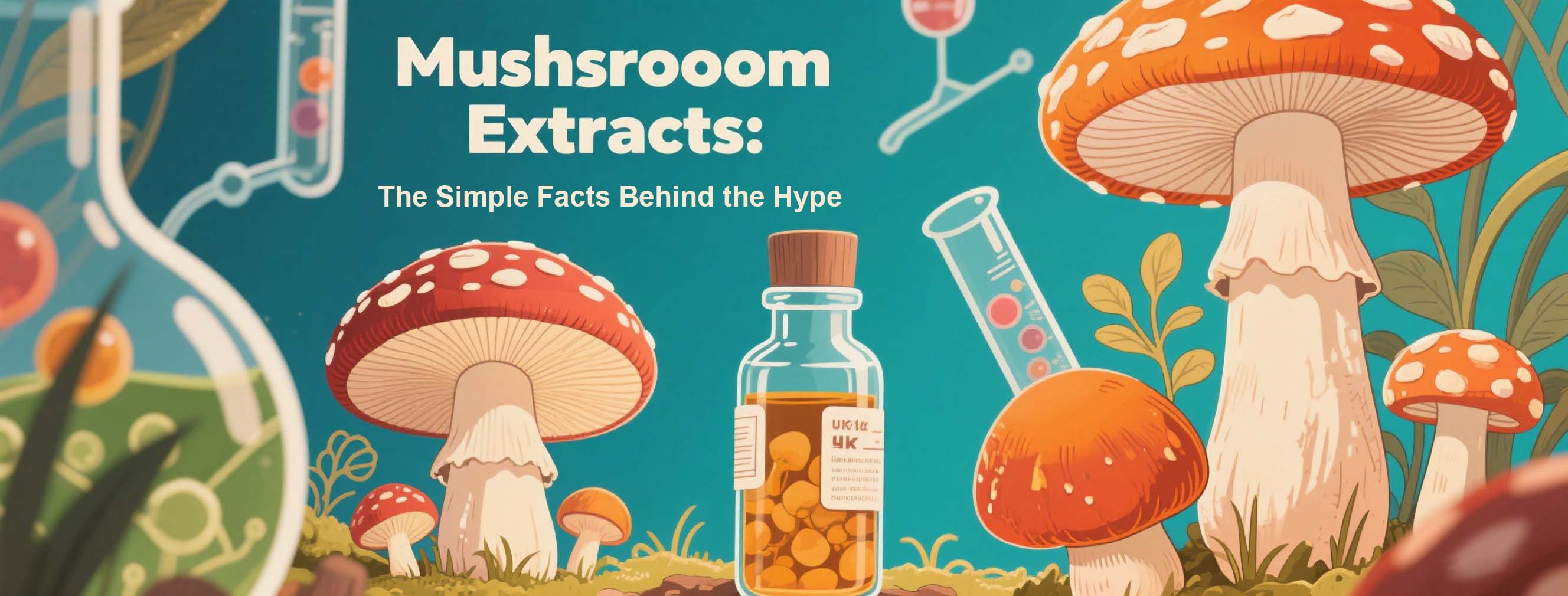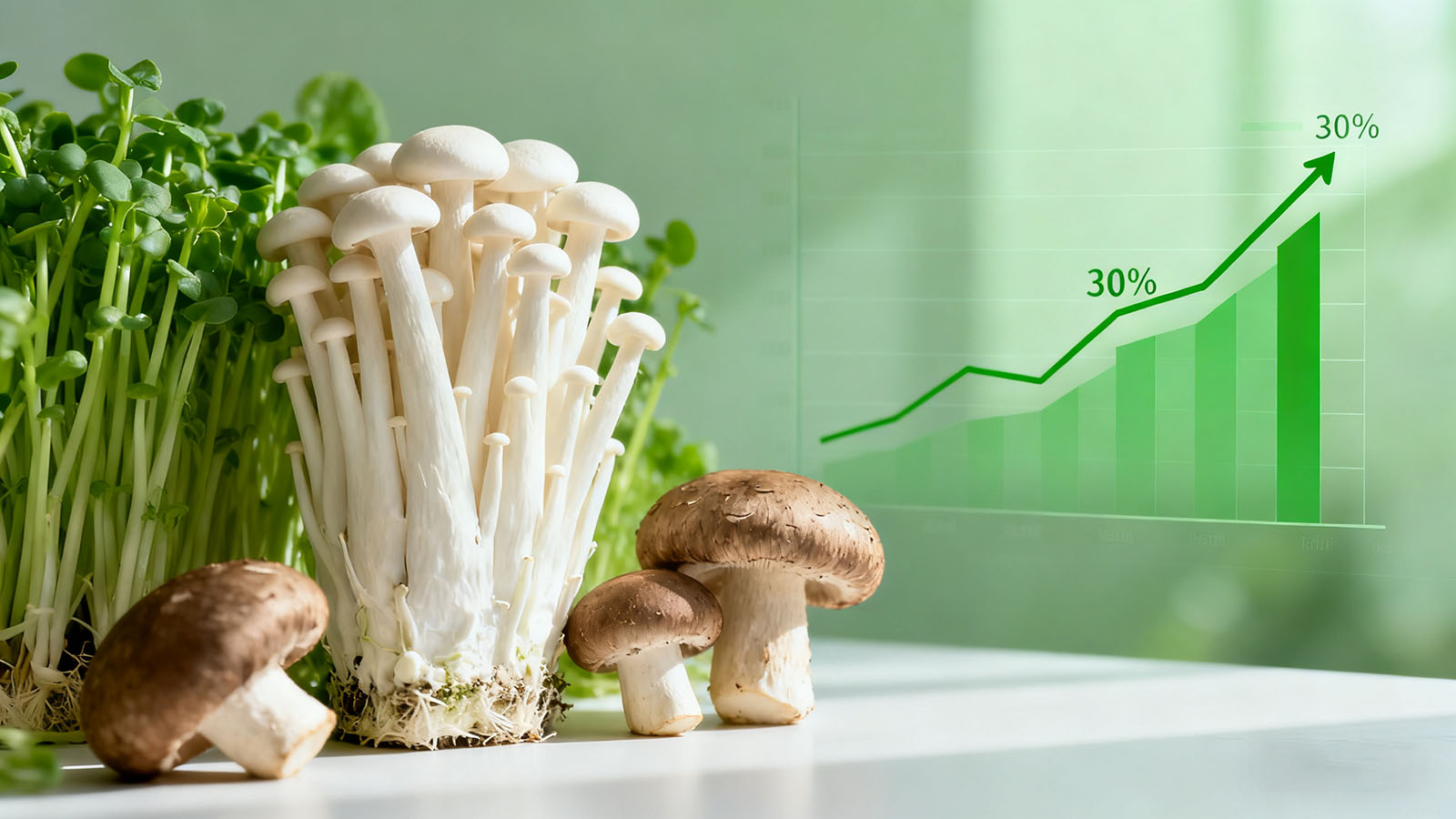
The global mushroom trade is a booming part of agricultural exports. The growing demand from consumers for healthy, diverse, and sustainable food options is driving the development of this sector. Key players in the market have established their leading positions by leveraging advanced cultivation techniques, competitive pricing, and robust logistics networks. This article will explore the major mushroom - exporting countries and analyze the factors contributing to their competitiveness.
China: The Global Dominator
China is the world's largest mushroom producer and exporter, holding a significant share in the global supply. With a long - standing tradition of mushroom cultivation, China has developed an efficient industry, which benefits from low labor costs and advanced agricultural practices.
The mushroom industry in China has absorbed a large number of practitioners. According to incomplete statistics, the total number of people directly engaged in core links such as mushroom cultivation, processing, and sales, as well as those indirectly related to upstream and downstream industries, exceeds tens of millions. From hard - working growers to professional technicians, from factory workers bustling on the production line to front - line sales practitioners in the market, all links are closely connected, jointly weaving a complete and mature industrial human - resource system, injecting a continuous impetus into the stable development of the industry.
China's competitive advantages lie in its diverse mushroom products, including shiitake mushrooms, enoki mushrooms, and button mushrooms. Exporters benefit from extensive cold - chain logistics and government - supported initiatives to promote agricultural exports. However, challenges such as quality control and rising labor costs may pose potential obstacles to maintaining its dominant position.
China: The Giant in the Global Mushroom Market
China's mushroom industry has distinct and diverse competitive advantages. The wide variety of mushroom products, such as shiitake mushrooms, enoki mushrooms, and button mushrooms, meets the diverse needs of different markets and consumers around the world. The extensively - deployed and highly - efficient cold - chain logistics network ensures the freshness and quality of mushroom products during long - distance transportation and storage, providing a solid guarantee for export trade. At the same time, the government has actively introduced a series of powerful measures to support agricultural exports, from policy support to financial assistance, escorting the overseas expansion of the mushroom industry.
However, the mushroom industry in China does not develop without difficulties. With the development of the economy and society, quality control and rising labor costs have become two prominent challenges. In the current context where the global market has increasingly stringent requirements for food safety and quality, how to further improve the quality control system to ensure that every product can meet or even exceed international standards has become a key issue in the industry's development. The gradual increase in labor costs has also, to a certain extent, weakened the industry's original cost - competitive advantage, posing a potential threat to the sustainable development of the industry and the stability of its global market share. The Chinese mushroom industry is at a new historical starting point and needs to actively respond to challenges in order to continue leading the way in the global mushroom market.
China is the world's largest mushroom - producing country, with an annual mushroom output at a relatively high level and showing an increasing trend. According to the statistical data of relevant edible - fungus associations, in recent years, China's annual mushroom output has been over 40 million tons, accounting for about 70% of the global total mushroom output.
The Netherlands: A European Powerhouse
The Netherlands is a major player in the mushroom export market, especially in the European market. The country is known for its innovation - driven approach to agriculture and has adopted state - of - the - art technologies, including automated cultivation systems and energy - efficient growing facilities. The number of practitioners in the Dutch mushroom industry is relatively stable, about 50,000 - 60,000 people. Although the number is not large, with a high degree of mechanization and automation, as well as professional technicians, the per - capita production capacity is relatively high.
Dutch producers excel in the export of fresh white button mushrooms, meeting high standards of quality and sustainability. Their proximity to major European markets and a strong logistics infrastructure give the Netherlands a strategic advantage. The country's commitment to environmental - friendly practices further enhances its reputation among eco - conscious consumers.
From 2015 to 2022, the output of edible fungi in the Netherlands decreased year by year, with an annual output of about 300,000 tons. In 2020, the export volume of edible fungi in the Netherlands was 244,500 tons, and the import volume was 33,300 tons. The per - capita annual consumption was about 3 kilograms.
Poland: The Rising Star in Mushroom Exports
Poland has become an important mushroom - exporting country, especially to Western Europe. Its mushroom industry benefits from favorable climate conditions, low production costs, and skilled labor. The number of people engaged in the mushroom - related industries in Poland is about 30,000 - 40,000, mainly concentrated in the cultivation and processing sectors, who provide a guarantee for the quality of Polish mushroom products. Polish producers are well - known for providing high - quality fresh and frozen mushrooms at competitive prices.
Poland's strategic location in Europe enables it to quickly transport products to major markets, consolidating its position in the region. Continuous investment in modern farming technologies and processing facilities is expected to further enhance Poland's competitiveness.
According to the data from the Polish Selina Wamucii data platform, in 2019, the total export volume of mushrooms in Poland reached 280,000 tons, and in 2020, it dropped to 270,000 tons. The button mushrooms produced are mainly for export, and the total export volume accounts for 90% of the total production volume.
Japan: A Steadily - growing Potential Market
Japan is an important country in mushroom consumption and production, occupying an important position in the Asian market. According to data from Imarc Group, the mushroom market size in Japan reached $4.246 billion in 2024, and it is expected to grow to $6.972 billion by 2033, with a compound annual growth rate of 5.7% from 2025 - 2033. The number of people engaged in the mushroom industry in Japan is large, covering multiple links such as cultivation, processing, and sales, about 200,000 - 300,000 people.
The Japanese mushroom industry has distinct characteristics. On the one hand, mushrooms are widely used in traditional Japanese cuisine. They are common ingredients in dishes such as soups, stews, noodles, and ramen due to their unique texture and rich flavor, which has laid a solid foundation for the mushroom market. On the other hand, with the development of e - commerce, many e - commerce brands sell various fresh mushrooms and deliver them to customers' doors, which has greatly promoted the growth of the market. In addition, local Japanese farmers are increasingly adopting sustainable and ethical cultivation methods. The demand for organic mushrooms is on the rise, and mushroom - based supplements, tonics, and extracts are favored by consumers due to their specific health benefits, further expanding the market space.
The Japanese mushroom industry has significant competitive advantages. It invests heavily in the research and development of mushroom cultivation technology, continuously cultivating high - quality new varieties. For example, Hokuto Mushroom developed the world's first pure - white enoki mushroom. Its strict food - safety supervision system ensures product quality and wins the trust of consumers. Moreover, Japan has an efficient cold - chain logistics system and mature sales channels, from supermarkets, grocery stores to online platforms, ensuring that mushroom products can be quickly and freshly delivered to consumers. However, Japan faces problems such as limited land resources and high labor costs, which, to a certain extent, restrict the large - scale expansion of the industry.
According to the data released by the Japanese Ministry of Agriculture, Forestry and Fisheries, in 2021, the output of edible fungi in Japan was 462,000 tons, including 15,500 tons of dried shiitake mushrooms, 71,100 tons of fresh shiitake mushrooms, 129,600 tons of enoki mushrooms, 119,500 tons of shimeji mushrooms, and 54,500 tons of maitake mushrooms.
Spain: A Self - sufficient Market with Untapped Potential
Spain is the third - largest mushroom and edible - fungus producer in Europe, playing an important role in the European market. The annual total output is 130,700 tons, and the domestic market supply and demand are basically balanced, belonging to a self - sufficient country. According to relevant data, the consumption value of mushrooms in Spain reached 272 million euros in 2022. The number of people engaged in the mushroom industry in Spain is about 30,000 - 50,000, mainly concentrated in the cultivation and processing sectors.
The Spanish mushroom industry benefits from suitable climate conditions, which are conducive to mushroom growth. The local area is constantly innovating in mushroom cultivation technology, improving yield and quality. Moreover, as a member state of the European Union, Spain can, with the help of the EU's internal unified market, conveniently export products to neighboring countries, expanding its sales channels. However, the Spanish mushroom industry also faces challenges. For example, drought has led to a serious shortage of wheat straw (one of the main components of the mushroom - growing substrate), and the price has tripled. Compost producers have been forced to import from other countries, mainly France. At the same time, the European Commission has prohibited the use of certain active ingredients, affecting mushroom cultivation, resulting in a decline in production and a continuous increase in costs.
Despite problems such as rising costs, the mushroom consumption and shelf space in Spain are still growing continuously. Compared with other European countries such as Portugal, the Netherlands, and Germany, the mushroom consumption level in Spain still has great growth potential. If the problems of raw - material shortage and cultivation technology can be solved in the future, Spain is expected to occupy a more important position in the European mushroom market.
The United States: A Strong Force in Both Domestic and Export Markets
Although the United States is mainly a large consumer of mushrooms, it has also established itself as an exporter, especially to neighboring markets such as Canada and Mexico. The US mushroom industry is characterized by advanced cultivation techniques and a focus on high - value varieties, such as portobello mushrooms, cremini mushrooms, and specialty mushrooms like maitake and lion's mane. The number of people engaged in the mushroom industry in the United States is about 80,000 - 100,000. Among them, there are many scientific researchers, technical experts, as well as managers and workers of large farms, who play important roles in technology research and development, cultivation management, and market operation.
Its competitive advantages include strong research and development investment, strict food - safety standards, and the growing preference of consumers for locally - sourced products. However, high labor and production costs may limit its competitiveness in price - sensitive markets.
From 2021 - 2022, the total sales volume of mushroom crops in the United States was 702 million pounds, with a sales amount of $1.02 billion. The total sales volume of button mushrooms was 680 million pounds, with an estimated value of $931 million. Brown mushrooms accounted for 30% of the total sales volume of button mushrooms and 36% of the total value of mushrooms. The total sales volume of mushrooms in the US fresh market was 616 million pounds. The output of fresh mushrooms accounted for 91% of the total sales volume, while processed products accounted for the remaining 9%.
India: The Emerging Competitor
India is an emerging player in the global mushroom export market, which benefits from increasing investment in agricultural innovation and rising production volumes. The country mainly exports canned or processed button mushrooms to meet the demand in the Middle East, Southeast Asia, and Europe. The number of people engaged in mushroom - related work in India is growing rapidly. Currently, it is about 1 - 1.5 million, mainly concentrated in the cultivation and primary - processing fields. The large number of labor forces provides a human - resource basis for the development of the Indian mushroom industry.
India's advantages include a favorable climate suitable for year - round production, low labor costs, and government support for agricultural exports. However, challenges such as infrastructure limitations and the need to improve quality - control standards may hinder its growth potential.
Competitive Factors in the Global Market
Technological Advancements: Countries that invest in cutting - edge cultivation and processing technologies have a significant edge in efficiency and quality. Innovations such as vertical farming, climate - controlled systems, and AI - driven pest management are key differentiators.
Sustainable Development Practices: With the increasing interest of consumers in eco - friendly products, exporters that prioritize sustainable farming methods, reduce carbon footprints, and minimize packaging are gaining a competitive edge.
Logistics and Market Access: Efficient cold - chain logistics and proximity to major markets are crucial for fresh mushroom exports. Countries with well - developed transportation networks and trade agreements have a distinct advantage.
Product Diversification: Exporters that offer a wide range of mushroom varieties, including rare and functional mushrooms, can tap into niche markets and command higher prices.
Regulatory Compliance: Strict compliance with international food - safety and quality standards is essential for winning the trust of global buyers. Countries with strong regulatory frameworks and certifications are better positioned to compete.
Global Market Dynamics
Driven by the rising global consumption and the expanding applications of mushrooms in food, supplements, and functional products, the mushroom export market is expected to continue to grow. However, competition among major exporting countries is intensifying, and each country is striving to enhance its production capacity and market share.
Conclusion
Global mushroom exports are influenced by the dynamic interplay of technology, sustainability, and market access. Major exporting countries such as China, the Netherlands, and Poland have established solid positions through a combination of innovation and strategic advantages. With the entry of emerging players like India, the competitive landscape is set to evolve, bringing exciting opportunities for stakeholders across the mushroom value chain.




创新博览会LOGO-white.png)


Copyright © China Chamber of Commerce of Food, Native Produce and Animal Products Edible Fungi and Products Branch
京公网安备11010102004652号 京ICP备05021290号-29 | Technical Support: Starify Privacy Policy Sitemap Contact Us
创新博览会LOGO.png)


